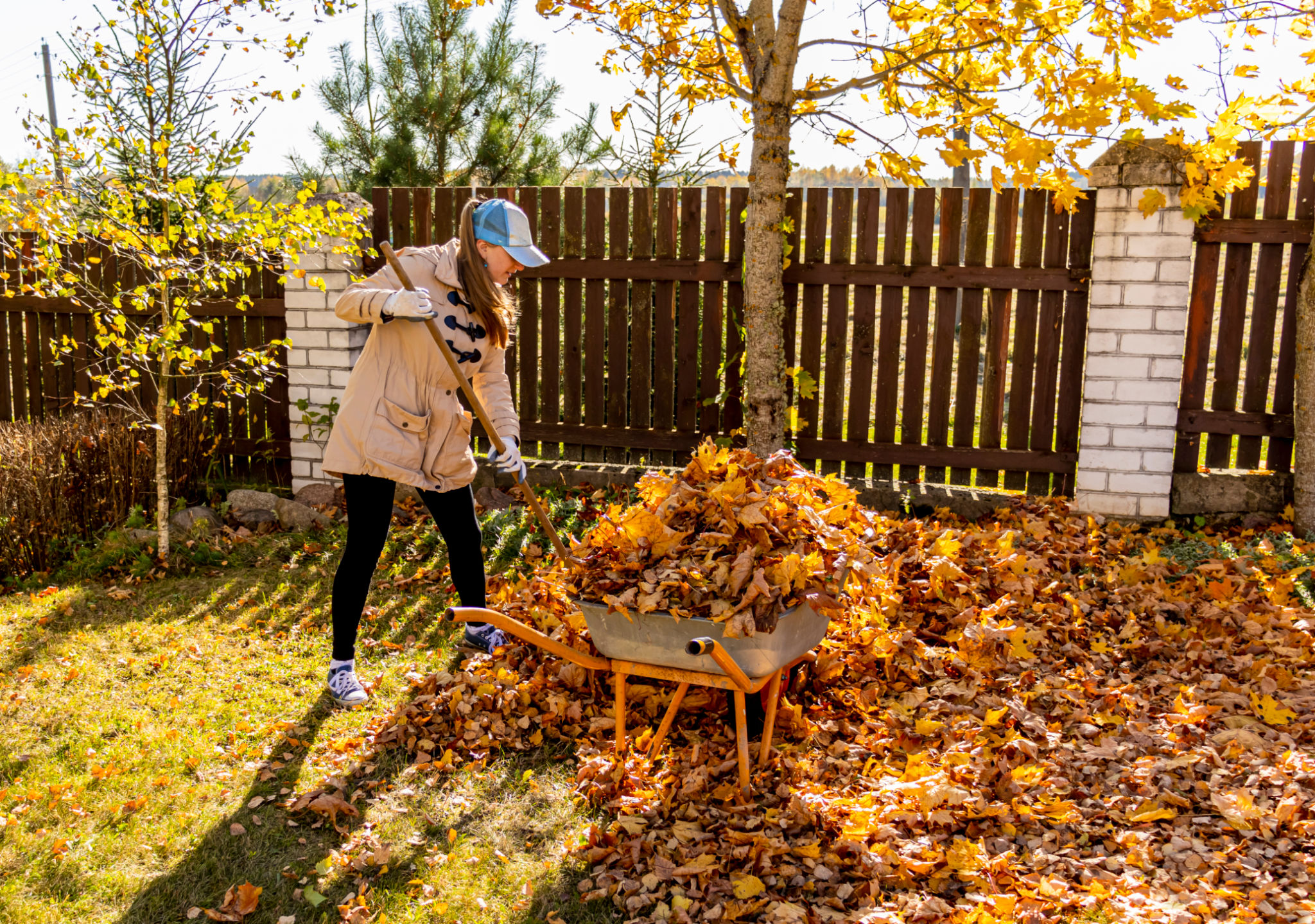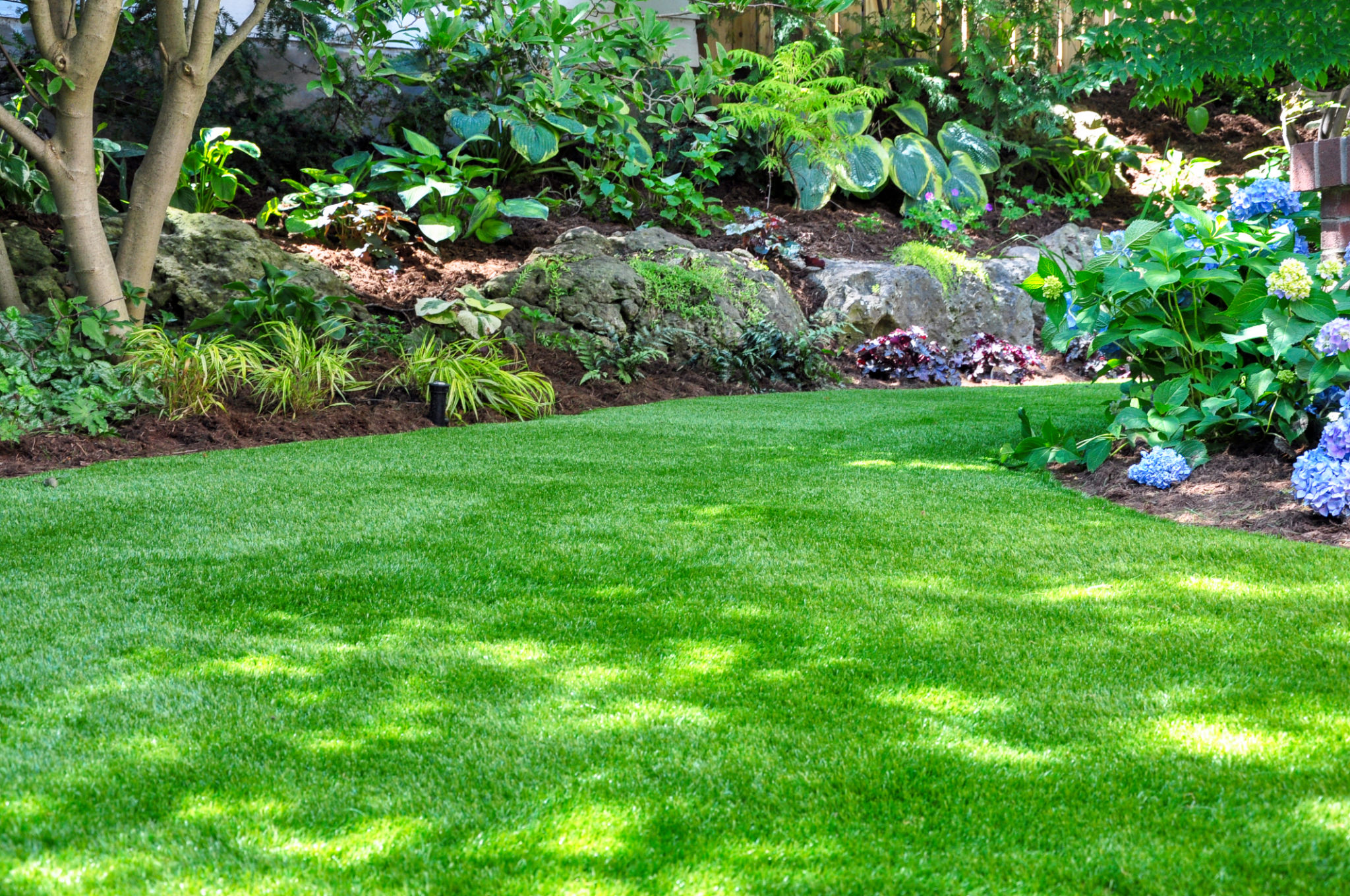Preparing Your New York Garden for Seasonal Changes: A Comprehensive Guide
As the vibrant hues of summer begin to fade and the crisp air of autumn settles in, it's time to prepare your New York garden for the seasonal changes ahead. Whether you're a seasoned gardener or a newcomer to the world of horticulture, ensuring your garden is ready for the transition is essential for its health and beauty.
Assess Your Garden's Current State
Before diving into any specific tasks, take a moment to assess the current state of your garden. Walk through your outdoor space and note any areas that need attention. Look for overgrown plants, signs of disease, or areas that may require additional care as the seasons change. This initial assessment will help you prioritize your tasks and ensure no corner is overlooked.
During this walk, identify plants that are nearing the end of their growing season. Consider which perennial plants need to be cut back and which annuals will need to be removed to make way for new growth in the spring.

Plan for Fall Planting
Fall is an ideal time for planting certain types of plants, including trees, shrubs, and bulbs. The cooler temperatures and increased rainfall provide optimal conditions for root establishment. When planning your fall planting, consider incorporating native plants that are well-suited to New York's climate.
Bulbs such as tulips, daffodils, and hyacinths should be planted in the fall for a beautiful spring display. Ensure they are planted at the correct depth and water them thoroughly after planting to encourage root development.
Mulching and Soil Preparation
As you prepare your garden for the cooler months, don't overlook the importance of mulching. A good layer of mulch provides insulation against temperature fluctuations and helps retain soil moisture. Spread a layer of organic mulch around your plants to protect their roots during the colder months.

Additionally, take this opportunity to enrich your soil with organic matter. Add compost or well-rotted manure to improve soil structure and fertility. This will not only benefit your current plantings but also prepare your garden for next year's growth.
Protect Your Plants
With winter approaching, it's crucial to protect vulnerable plants from harsh weather conditions. Consider using burlap wraps or protective covers for more delicate shrubs and trees. These covers shield plants from wind damage and help prevent moisture loss during dry winter months.
For container plants, consider moving them to a sheltered location, such as a garage or porch, to protect them from extreme temperatures. Alternatively, wrap containers with insulating materials to safeguard the roots.

Watering and Maintenance
As you prepare for seasonal changes, adjust your watering schedule. While plants may require less water in cooler weather, it's important not to let them dry out completely. Water deeply but less frequently to ensure roots receive adequate moisture.
Finally, keep your garden tidy by regularly removing fallen leaves and debris. This helps prevent pests and diseases that thrive in decaying plant material. A clean garden also reduces the risk of fungal diseases that can overwinter in plant debris.
By following these steps, you'll ensure that your New York garden remains healthy and vibrant through the seasonal transitions. With proper preparation, your garden will not only survive but thrive, ready to burst into life when spring arrives.
